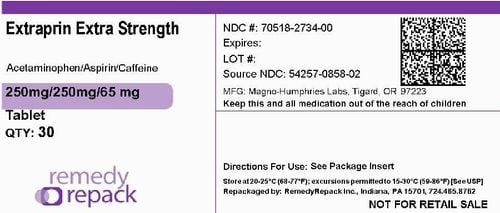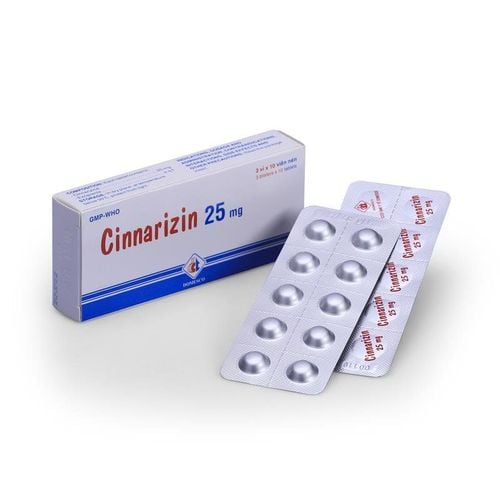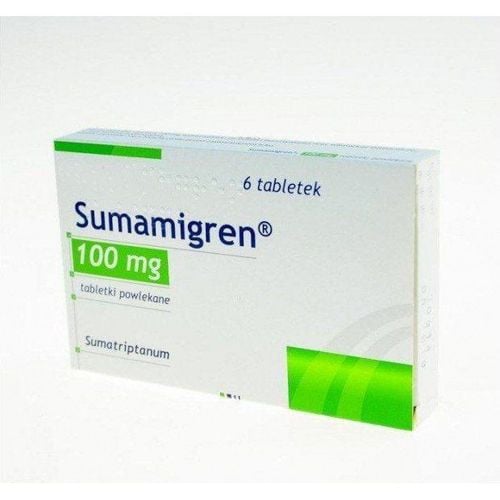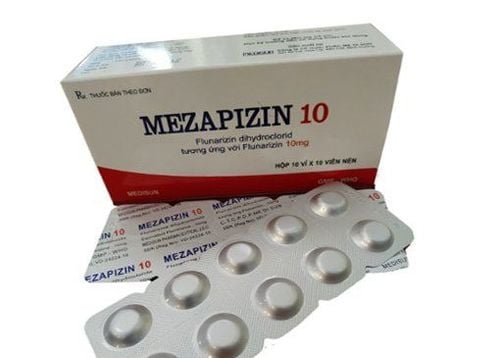This is an automatically translated article.
Hoselium is a medicine used by a doctor's prescription. Patients are not allowed to arbitrarily use the drug in any case without consulting and prescribed by a specialist. So what is Hoselium?
1. What is Hoselium?
Hoselium medicine has the main active ingredient Flunarizine (in the form of Flunarizine hydrochloride), 5mg content and a system of excipients including: Microcrystalline Cellulose, Wheat starch, Magnesium stearate, Povidon K30.
Hoselium is produced by Thanh Hoa - VIETNAM Pharmaceutical - Medical Supplies Joint Stock Company in the form of hard capsules.
2. Indications - What are the contraindications of Hoselium?
Indications of Hoselium in the following cases:
Hoselium has the effect of preventing and treating migraines: Prophylaxis of classic migraine or common migraine; Symptomatic treatment of vestibular disorders such as: dizziness, vertigo, tinnitus; Hoselium is used in cerebral circulatory insufficiency and brain cell oxygen depletion, improving inattention, memory disorders, agitation, poor concentration and sleep disturbances. Indications Hoselium to treat muscle spasticity when walking or lying down, paresthesia, cold extremities. Contraindications of Hoselium :
Patients with hypersensitivity to the drug component Hoselium ; The patient has a history of depression; People with a history of movement disorders: symptoms of extrapyramidal disease, Parkinson's disease; The patient is taking beta-blockers.
3. Dosage and how to use Hoselium
Dosage and how to use Hoselium as follows:
Start using Hoselium at a dose of 10mg/day, use it orally once in the evening. Patients > 65 years: Use Hoselium 5mg once a day. When using Hoselium for maintenance treatment, the dose can be reduced to 5mg/day; For motion sickness: Take 2 Hoselium tablets about 15 minutes before boarding the train/car. Note when using Hoselium:
If during the Hoselium treatment period, the patient has symptoms of depression, extrapyramidal or unexpected side effects, treatment with Hoselium should be stopped. If there is no significant improvement after 2 months of Hoselium therapy, the patient is considered unresponsive and treatment should be discontinued.
If the patient responds well to Hoselium and requires maintenance therapy, the dose should be reduced to 5 days/week with the same daily dose and 2 days off per week. If preventive maintenance therapy is successful and well tolerated, Hoselium can be discontinued for 6 months and restarted only if relapse occurs.
For patients with vertigo: The daily dose of Hoselium is similar to that used for migraine, however the initial dose is only prolonged until the condition is controlled, usually less than 2 months. . Even if there is no significant improvement after 1 month of Hoselium for chronic vertigo and 2 months for orthostatic vertigo, the patient is considered non-responder and treatment with the drug should be discontinued. Hoselium .
Hoselium overdose can cause sedation, agitation and tachycardia. In case of overdose, the patient should take supportive measures such as gastric lavage and, if necessary, add activated charcoal.
4. Drug interactions of Hoselium
Hoselium may interact with alcohol, epilepsy drugs, sleeping pills, antidepressants, sedatives, oral contraceptives.
5. Side effects of the drug Hoselium
Side effects of Hoselium are often transient: patients may develop mild drowsiness and/or fatigue (appears in 20%); patients had weight gain and/or increased appetite (accounting for 11%). Some of the following serious side effects of Hoselium occur during long-term treatment:
Depression: this condition is especially likely to occur more frequently in female patients with a history of depression on prolonged Hoselium; Hoselium can lead to extrapyramidal symptoms (manifested as: slow movement, rigidity, restlessness, dyskinesia, tremor) or the elderly are more at risk. Other rare side effects of Hoselium :
Side effects on the digestive system: burning sensation in the sternum, possibly with nausea, stomach pain; Effects on the central nervous system: somnolence, feelings of anxiety; Some other side effects: increased lactation, dry mouth, muscle pain, skin rash; For liver: patients need to be monitored liver function during the use of Hoselium, if abnormal symptoms are found, the drug Hoselium should be stopped immediately.
6. Be careful when using Hoselium
Be careful when using Hoselium in the following cases:
Be careful when using Hoselium in the elderly, patients with low blood pressure, kidney failure; Do not use Hoselium for pregnant women; Use caution when using Hoselium for drivers and machine operators. Hoselium has the active ingredient Flunarizine (as Flunarizine hydrochloride). The drug is indicated for the treatment of migraine, vestibular disorders and other neurological diseases. To ensure the effectiveness of treatment and avoid side effects, patients need to take medicine according to prescription or consult a doctor, professional pharmacist.
Follow Vinmec International General Hospital website to get more health, nutrition and beauty information to protect the health of yourself and your loved ones in your family.
Please dial HOTLINE for more information or register for an appointment HERE. Download MyVinmec app to make appointments faster and to manage your bookings easily.













